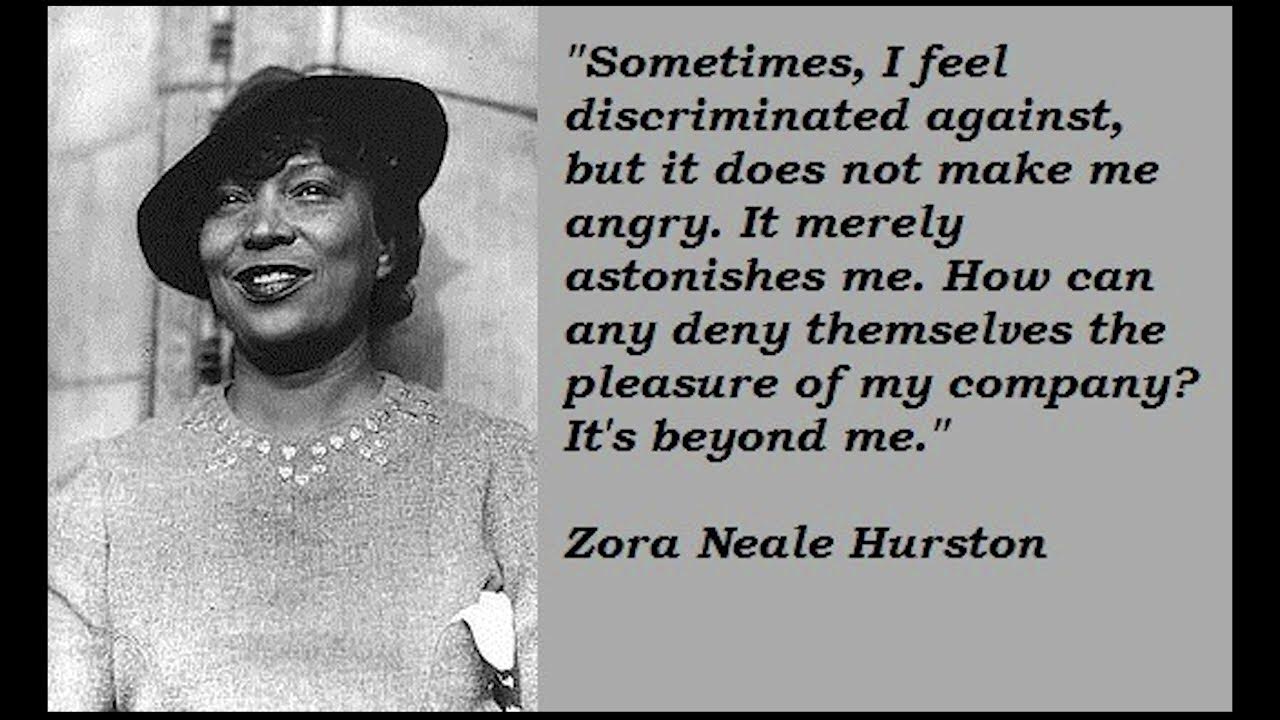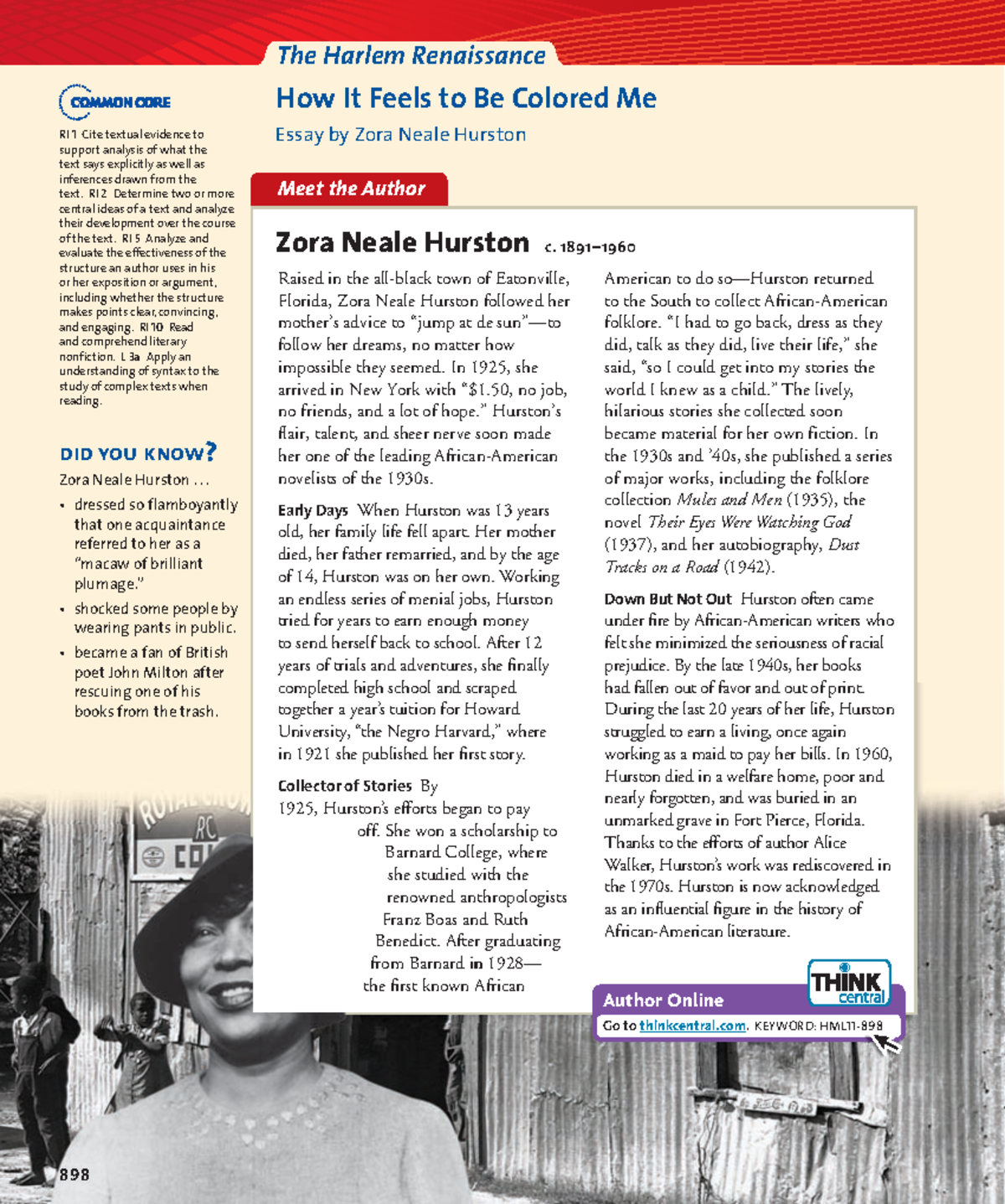Hurston How It Feels To Be Colored Me

Have you ever felt… just *you*? Not defined by labels, but by the sheer joy of existence? That's the vibe I get from Zora Neale Hurston's essay, "How It Feels to Be Colored Me." It's less a heavy discussion of race and more a jazzy celebration of being alive.
Imagine a young Zora, perched on a porch in Eatonville, Florida. Eatonville, you see, was one of the first all-Black towns incorporated in the United States. She was "everybody's Zora," a local celebrity waving at passersby. Color? Didn't really register.
Then, bam! She turns thirteen and gets shipped off to boarding school in Jacksonville. Suddenly, she's not just Zora, but "a little colored girl." Talk about a wake-up call! But here's the cool part: she doesn't wallow. Instead, she embraces it, with a bit of humor.
The Porch Swing and the Charleston
Picture this: white tourists cruise through Eatonville, fascinated by the novelty of an all-Black town. Little Zora, ever the entertainer, obliges with songs and stories. She becomes a living, breathing postcard.
It's almost comical. These "northern tourists" are searching for something exotic, and young Zora gives it to them with gusto. There's no sense of shame or exploitation, just playful interaction.
This anecdote reveals Hurston's key message: she refuses to be defined by others' perceptions. Her identity isn't fragile; it's a fluid, adaptable thing. She's not just a "colored girl"; she's a storyteller, a performer, a *person*.
From Glistening Shells to Jazz Music
Hurston uses vivid imagery throughout the essay. She compares herself to a brown bag filled with miscellaneous objects. A white person, she says, is a similar bag, only with different contents. The bags might look different on the outside, but inside, it's all just stuff.
It's a brilliant analogy! It equalizes everyone, highlighting the shared human experience beneath surface differences. She finds beauty and equality in unexpected places.
Later, Hurston describes sitting in a jazz club with a white friend. The music washes over them, affecting each in vastly different ways. The white friend is simply an observer, while the music stirs something deep within Hurston's soul, connecting her to her ancestors and cultural heritage.
Feeling the Vibe
But the best part is the tone. Hurston is never bitter or angry. She's playful, witty, and fiercely independent.
She acknowledges the reality of racism, but she refuses to let it define her. She chooses joy, she chooses connection, and she chooses to dance to her own beat.
Her essay challenges the reader to think differently about race, about identity, and about what it truly means to be alive. It’s a reminder that we get to define ourselves and nobody can take that away from us. Even when the world tries to put us in a box, we can always break free and dance.
So, next time you're feeling bogged down by labels, remember Zora Neale Hurston on her Eatonville porch. Embrace your unique "brown bag," and let the music move you.
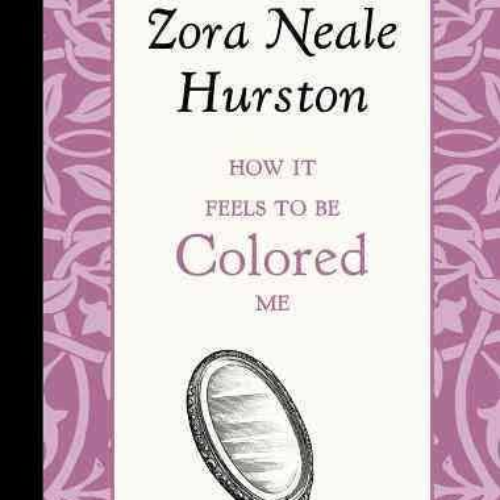
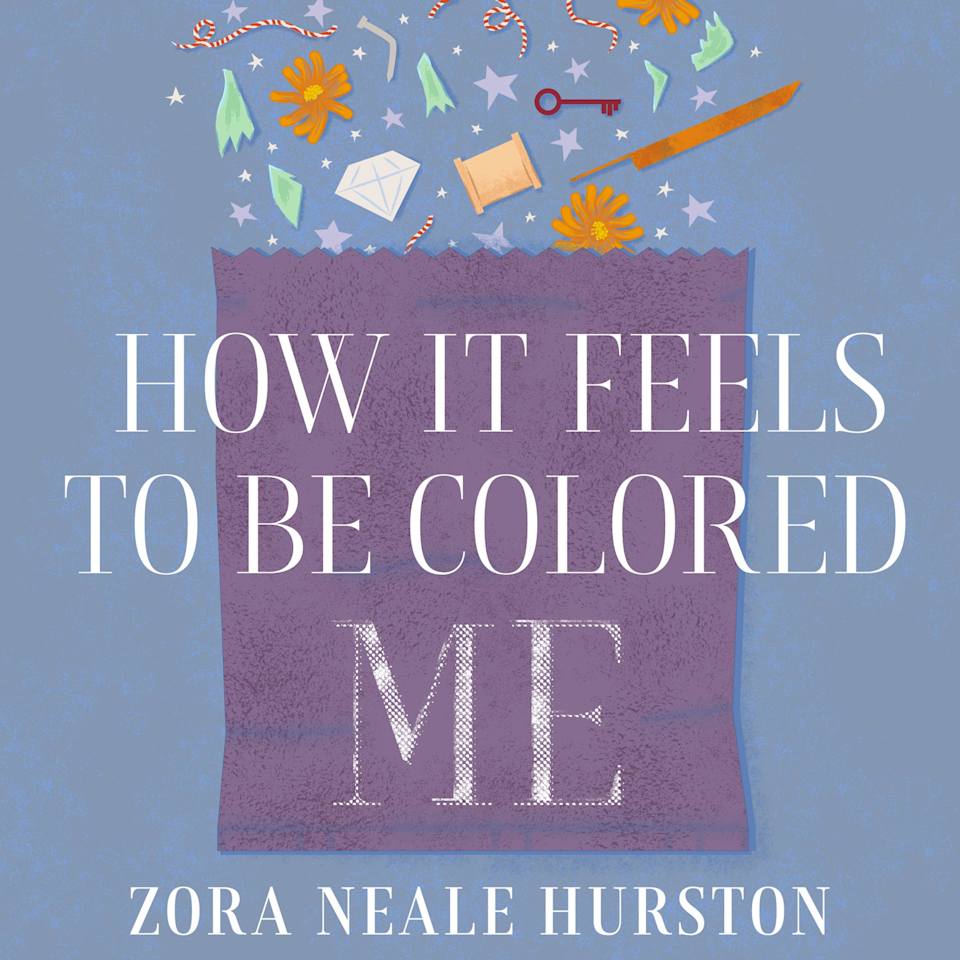
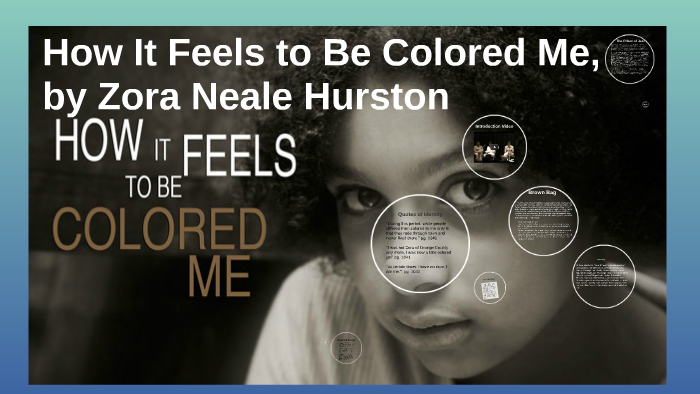

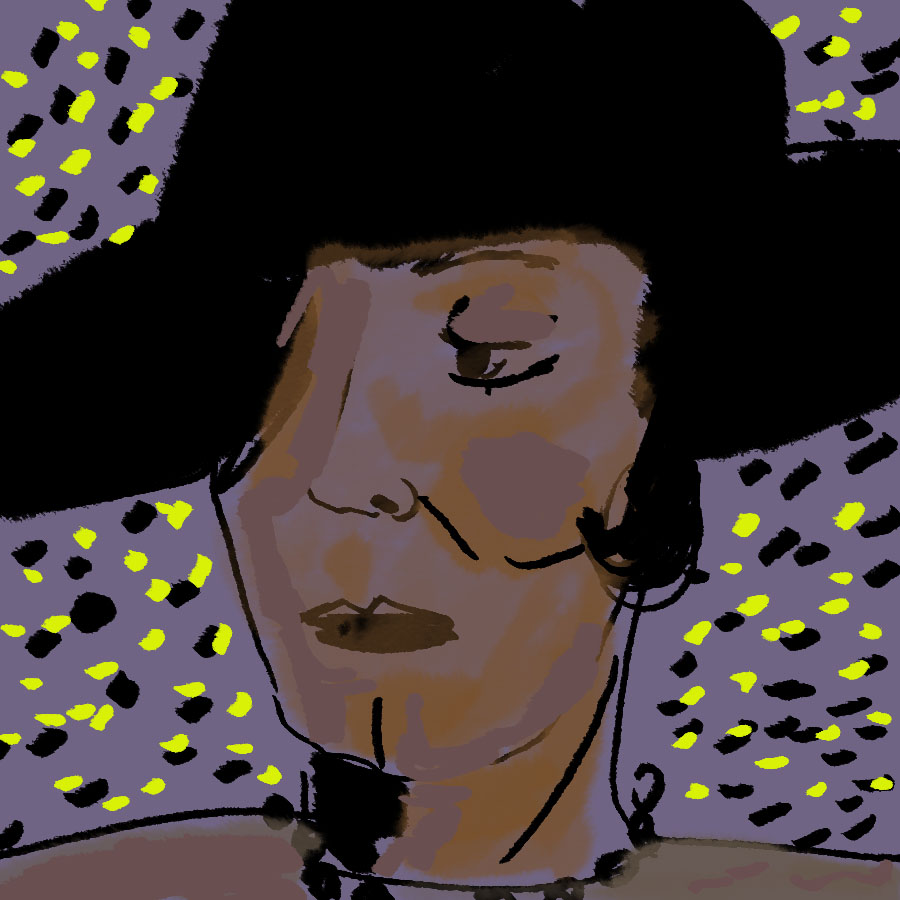



:max_bytes(150000):strip_icc()/Getty_Zora_Neale_Hurston-576768841-56d9b5f83df78c5ba025eab7.jpg)



